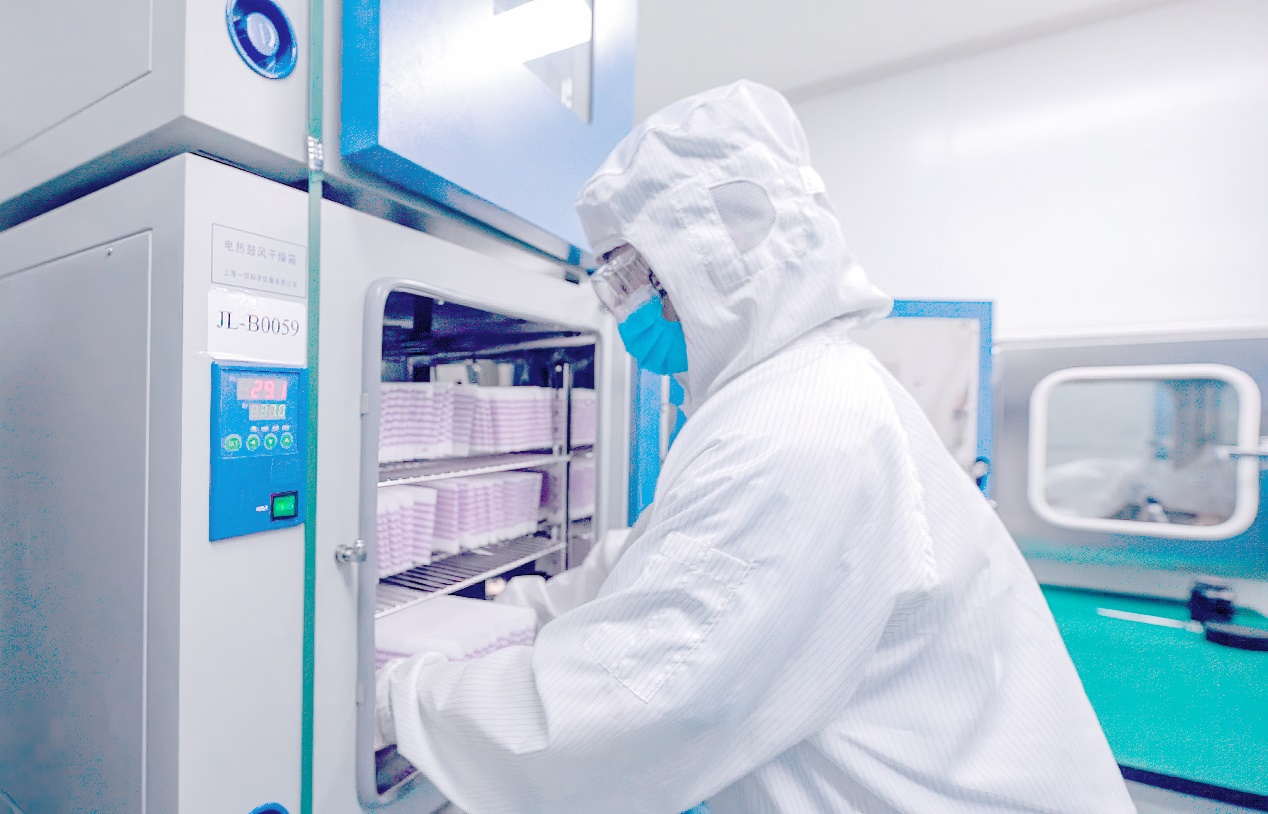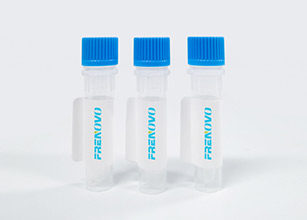With more and more attention paid to food safety, rapid food safety detection has gradually penetrated into people's lives. Food safety rapid test kits play a unique role in food safety management in a specific period.

Food is likely to be contaminated in all aspects of production, storage, transportation and sales, and requires multi-department and multi-link monitoring.
However, the construction cost of the laboratory is large and the number of equipment is limited, which cannot meet the actual needs. Therefore, portable food safety rapid test kits are needed to implement rapid detection behavior.
For many foods such as vegetables, soy milk, fast food, etc., if they are sent to the laboratory for testing, they have expired or have been sold out before the test report is obtained. In order to ensure the edible safety of such foods, a better measure is rapid food testing.
For many cheap, commonly eaten, and problem-prone foods, such as those sold in bazaars, it is unrealistic for laboratories to fully guarantee the safety of consumers at hundreds or thousands of times the cost of testing, but rapid food safety test kits and rapid food testing kits are viable supplementary behaviors.
For some substances, such as pigments, there are more than 3,000 known ones. To distinguish which are food pigments and which are non-food pigments, the workload of detecting them by conventional methods is quite large. In order to reduce the work intensity and improve work efficiency, need food safety rapid tests and rapid food testing kits for screening and qualitative, and quantitative when conditions permit.
Detection sensitivity, that is, the minimum detection limit is lower; the detection speed is getting faster and faster, and online detection can be realized with rapid test kits for food.
The selectivity has been continuously improved, and the application of various high and new technologies has enabled the direct extraction of pollutants in complex mixtures for detection with food safety kits.
The supporting detection instrument is more intelligent and miniaturized, and the integrated technology that can simultaneously measure multiple components in one detection greatly shortens the detection cycle with food safety test kits.
The cost of testing is getting lower and lower, and research is accelerated to realize the systematization of rapid food safety test kits.
As the demand for safe and healthy food increases, so does the need for reliable and accurate testing methods. Food safety testing kits, especially rapid test kits, have become a popular choice among food manufacturers and consumers alike. These kits provide a quick and easy way to test for common contaminants and pathogens, such as E. coli and Salmonella. However, before using these kits, it's important to understand the regulatory considerations involved.
The use of rapid test kits is regulated by various government agencies, such as the Food and Drug Administration (FDA) in the United States, the European Union (EU) and the Canadian Food Inspection Agency (CFIA). These agencies require that all rapid test kits meet certain performance standards and undergo rigorous validation before they can be used.
The performance standards for rapid test kits vary depending on the type of test and the pathogen being detected. However, they typically include measures of sensitivity, specificity, and accuracy. Sensitivity refers to the ability of the test to correctly identify positive samples, while specificity is the ability of the test to correctly identify negative samples. Accuracy, on the other hand, measures the overall reliability of the test results.
Validation is the process of testing a rapid test kit to ensure it meets the required performance standards. This process involves testing the kit on a range of different sample types, such as food products and environmental samples, to ensure it provides accurate and reliable results.
In conclusion, food safety testing kits, especially rapid test kits, offer a quick and easy way to test for common food contaminants and pathogens. However, it's important to understand the regulatory considerations involved to ensure these kits provide accurate and reliable results. By following the appropriate guidelines and regulations, food manufacturers and regulatory agencies can use rapid test kits to help ensure the safety and quality of the food we consume.
